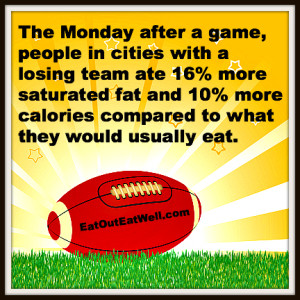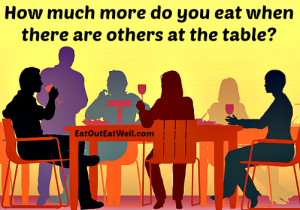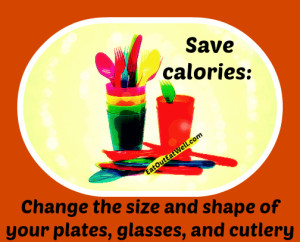How did your team do this weekend? Did they win or lose?
If you’re being careful about what and how much you eat, you better hope they won (for more reasons than one) or chances are you’ll be joining your fellow fans who will be rummaging around the kitchen or who have the pizza place on speed dial.
That’s not hearsay. According to a study published in Psychological Science, on the Monday after a big football game fans of the losing team like to load up on sugar and saturated fat. Fans of the winning team go for healthier foods.
How Much Fat? How Many Calories?
Researchers looked at food consumption habits on typical Mondays for people living in over two dozen cities. They compared that data to people’s food consumption on Mondays after NFL games in cities with NFL teams who had played games over the weekend.
They found that people living in cities where the football team lost ate about 16% more saturated fat and 10% more calories compared to how much they typically ate on Mondays.
People in cities where the football team won ate about 9% less saturated fat and 5% fewer calories compared to their usual Monday food.
These changes happened even when non-football fans were included in the study sample. And, they didn’t find these results in cities without a team or in cities with a team that didn’t play that particular weekend.
The after effects were even greater in the most football crazed cities; the 8 cities with the most devoted fans, people gobbled up 28% more saturated fat after a loss and 16% less after a win.
A Down To The Wire Game Turned Up The Food Effects
The trends were especially noticeable when a game came down to the wire. When their team lost, especially if the loss was unexpected, or by a narrow margin, or to an equally ranked team — the effects were the most noticeable. The researchers think that people perceive the loss, perhaps unknowingly, as an identity threat and use eating as a coping mechanism. A winning team team wins seems to give a boost to people’s self control.
To further test their findings, in an experimental setting the researchers asked French participants to write about a memory they had when their favorite soccer team either won or lost a game. Then they asked them to choose either chips and candy or grapes and tomatoes as a snack. The people who wrote about their favorite team winning were more likely to pick the healthier snacks.
What You Can Do
Previous studies have shown how sports can influence — among other things — reckless driving, heart attacks, and domestic violence. But, according to the researchers, no one had ever looked at how sports results can also influence eating.
The researchers suggest a technique to use tp help keep your fat intake and calories under control if you root for a team that doesn’t have a winning record — or even if you just live in a city with a team that tends to lose.
- After a loss, write down what’s really important in your life.
- They found that this technique, called “self affirmation,” eliminated the eating effects that occurred after football losses.
Want more tips — especially if you eat in dining halls of any kind? Get my new book, now available on Amazon — 30 Ways to Survive Dining Hall and Dorm Room Food: Tips to Avoid the Freshman 15.




